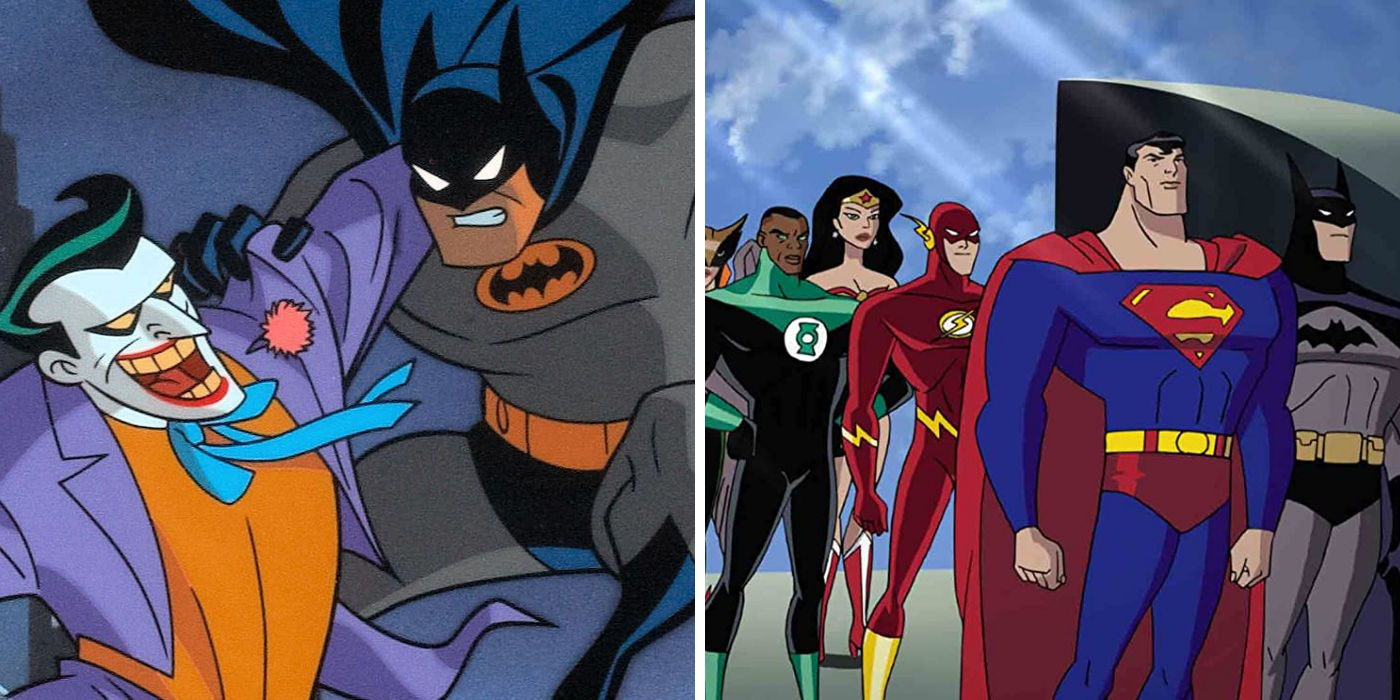
The DC Animated Universe, or simply the DCAU, kicked off in 1992 with Batman: The Animated Series and concluded in 2006 with Justice League Unlimited. The entire setting, linked by common cast and crew across the different productions, stands as one of the finest and longest-running comic book adaptations to this day.
The DCAU is praised for capturing the spirit of the comics it adapted. One reason for this success is because many episodes, across all the series, were written by experienced comic scribes.
10 Marv Wolfman Introduced Clayface To The DCAU
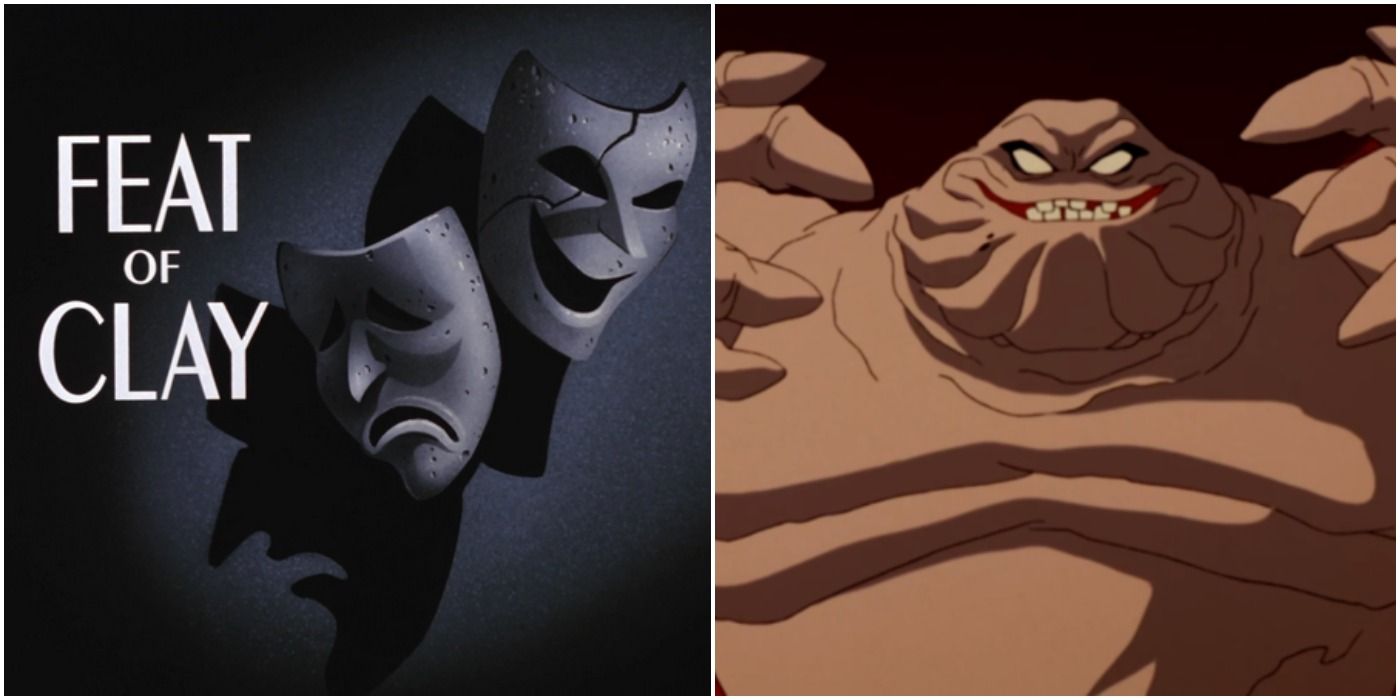
Marv Wolfman has bounced between Marvel and DC throughout his career, creating characters on both sides of the aisle from Blade, Black Cat, and Bullseye to Deathstroke, Cyborg, and Starfire. However, between his 200+ issue run on The New Teen Titans and his reboot event Crisis On Infinite Earths (both illustrated by George Pérez), it's the DC Universe where he's had the biggest impact. He's also an experienced cartoon writer, having written for shows such as The Transformers and G.I. Joe: A Real American Hero.
His two areas of experience converged with Batman: The Animated Series episode "Feat Of Clay." Co-written with Michael Reeves, Wolfman's solo BTAS credit introduced Clayface to the DCAU.
9 Gerry Conway Wrote Two Episodes Of "Batman: The Animated Series"
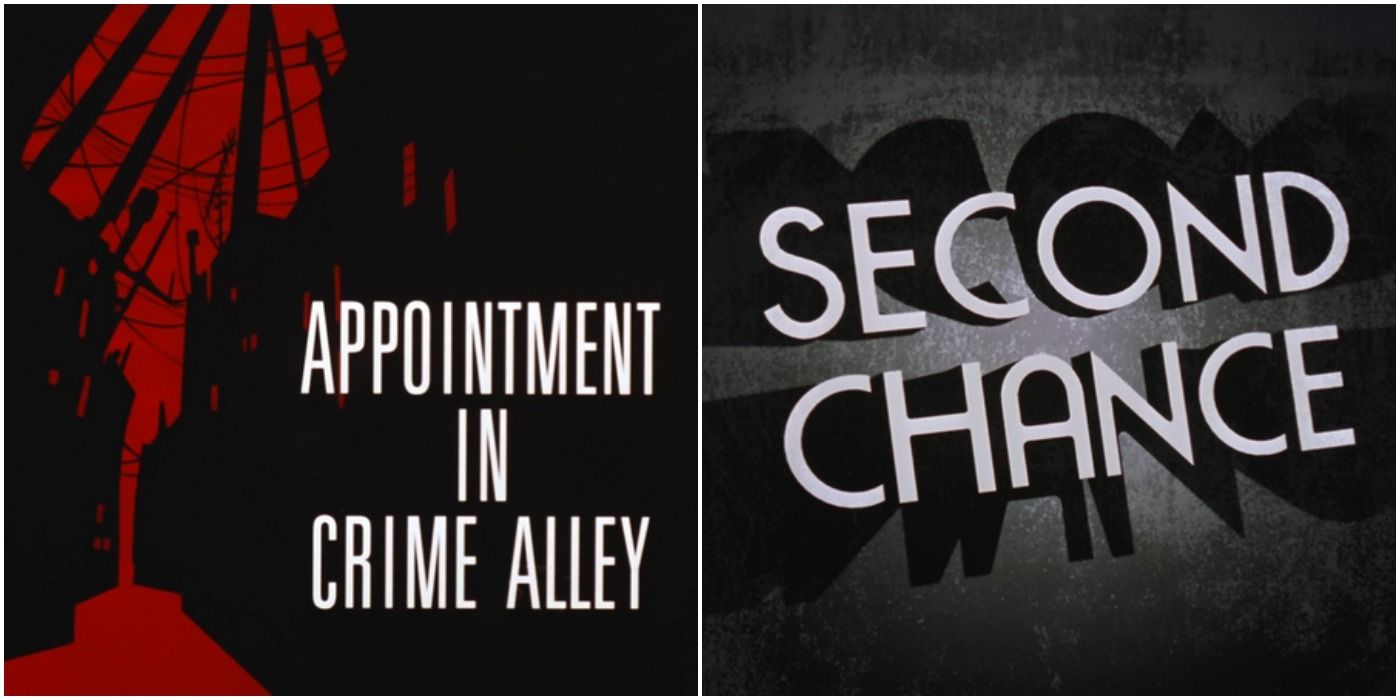
A comic writer from the same Silver Age generation as Wolfman, Gerry Conway wrote plenty of Batman stories in his time. He even left two lasting marks on the mythos by co-creating Jason Todd and Killer Croc (alongside artists Don Newton and Gene Colan). Conway had become a TV writer by the 1990s, so it was only natural that when Batman returned to the small screen, Conway returned to Batman.
Conway wrote two episodes of BTAS, both quite good. The first, "Appointment In Crime Alley," was an adaptation of Detective Comics #457, an exploration of urban corruption, and a spotlight of Bruce's relationship with Dr. Leslie Thompkins. Conway's sophomore outing, "Second Chance," focused on Batman's relationship with his ally turned enemy Two-Face.
8 Len Wein Contributed Four Episodes Of "Batman: The Animated Series"
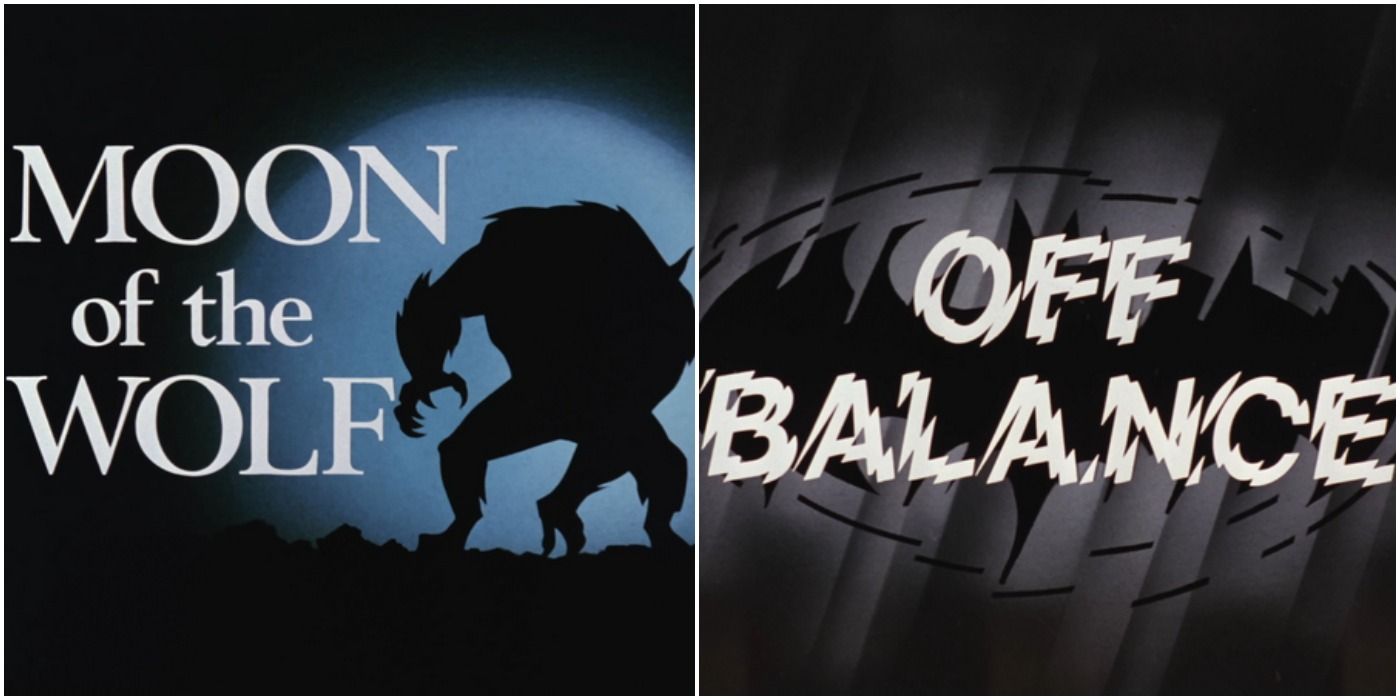
Len Wein, a colleague of both Wolfman and Conway, was another comic writer who reshaped the Marvel and DC Universes during the late Silver and early Bronze Ages. Wein is sadly no longer with us, having passed away in 2017, but his legacy lives on in his work, especially his two most famous co-creations: Wolverine and Swamp Thing.
Like his aforementioned peers, Wein contributed to BTAS, penning four episodes during the show's run. The first, "Moon Of The Wolf," was an adaptation of his own story in 1974's Batman #255. From there, he also wrote "Blind As A Bat," and "Off-Balance," while co-scripting "The Demon's Quest"—those latter two episodes introduced Ra's and Talia Al Ghul to animation.
7 Dennis O'Neil Adapted His Most Famous Batman Story To Animation
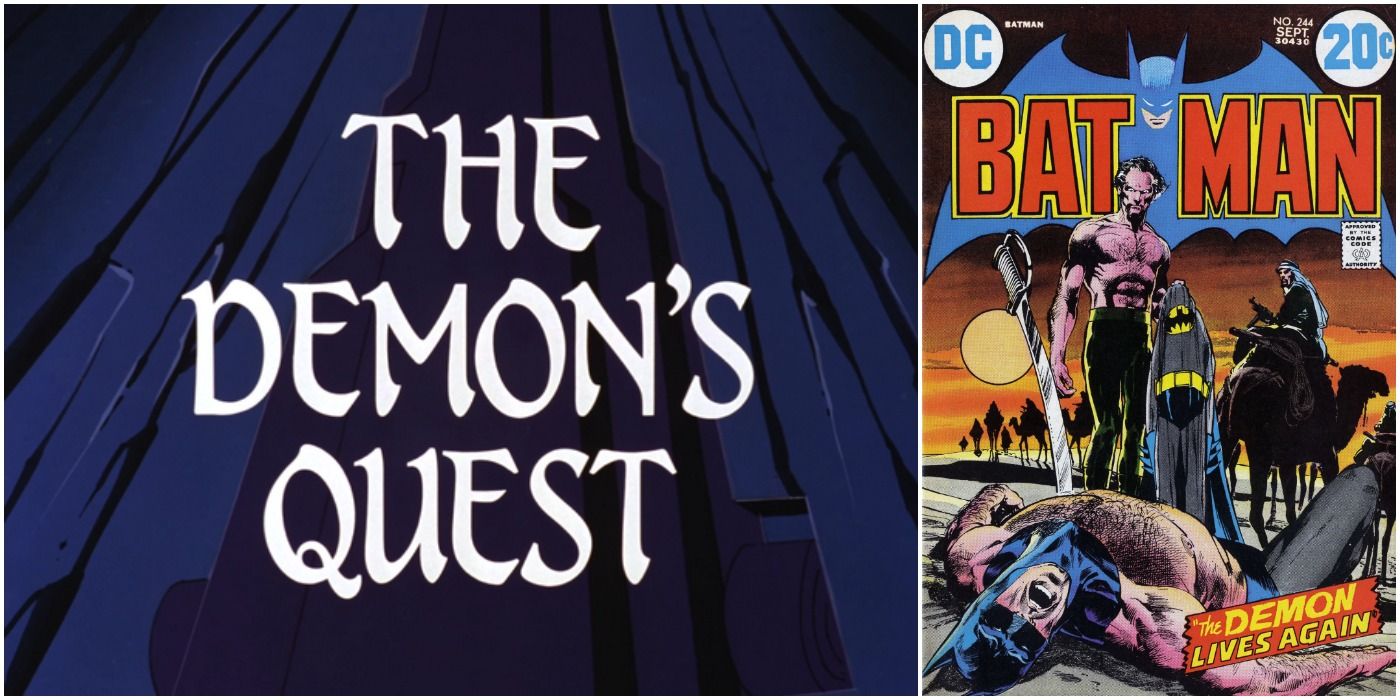
The main comic influence on BTAS is the Dennis O'Neil and Neal Adams Batman comics of the 1970s, which pulled Batman away from the camp of the Silver Age and towards gothic pulp. O'Neil and Adams' most famous creation is the villainous Ra's Al Ghul, who's risen to the same infamy as much older villains like The Joker, the Riddler, or Two-Face.
When BTAS decided to introduce Ra's Al Ghul, they brought in O'Neil himself to do so. The result, "The Demon's Quest," was a two-part episode co-written by O'Neil and the aforementioned Wein. Part 1 adapts O'Neil's Batman #232 nearly word for word, while the second half melds together Batman #243 and 244.
6 Mark Evanier Helped Shape The New Gods In Print & Animation
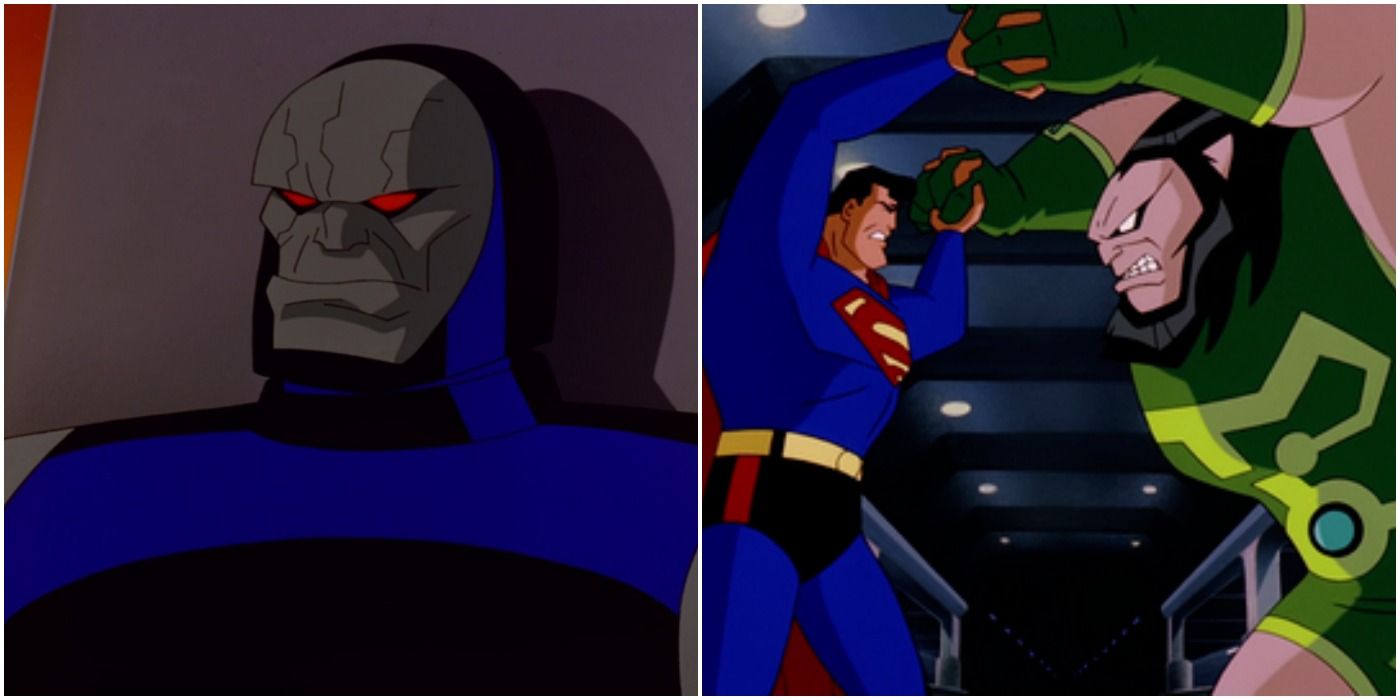
Jack Kirby's New Gods was canceled before it concluded, but its influence endures. One of the people to thank for that is Mark Evanier, who wrote not just a 1989 run on New Gods but also a biography of Kirby—"King Of Comics."
When the crew of Superman: The Animated Series decided to explore the Fourth World, they brought in Evanier. The writer penned "Tools Of The Trade," which ended with Darkseid's cameo debut, and co-wrote "Father's Day," where Kalibak attempts to best Superman.
5 Steve Gerber Wrote For Both "Superman: The Animated Series" & "The New Batman Adventures"
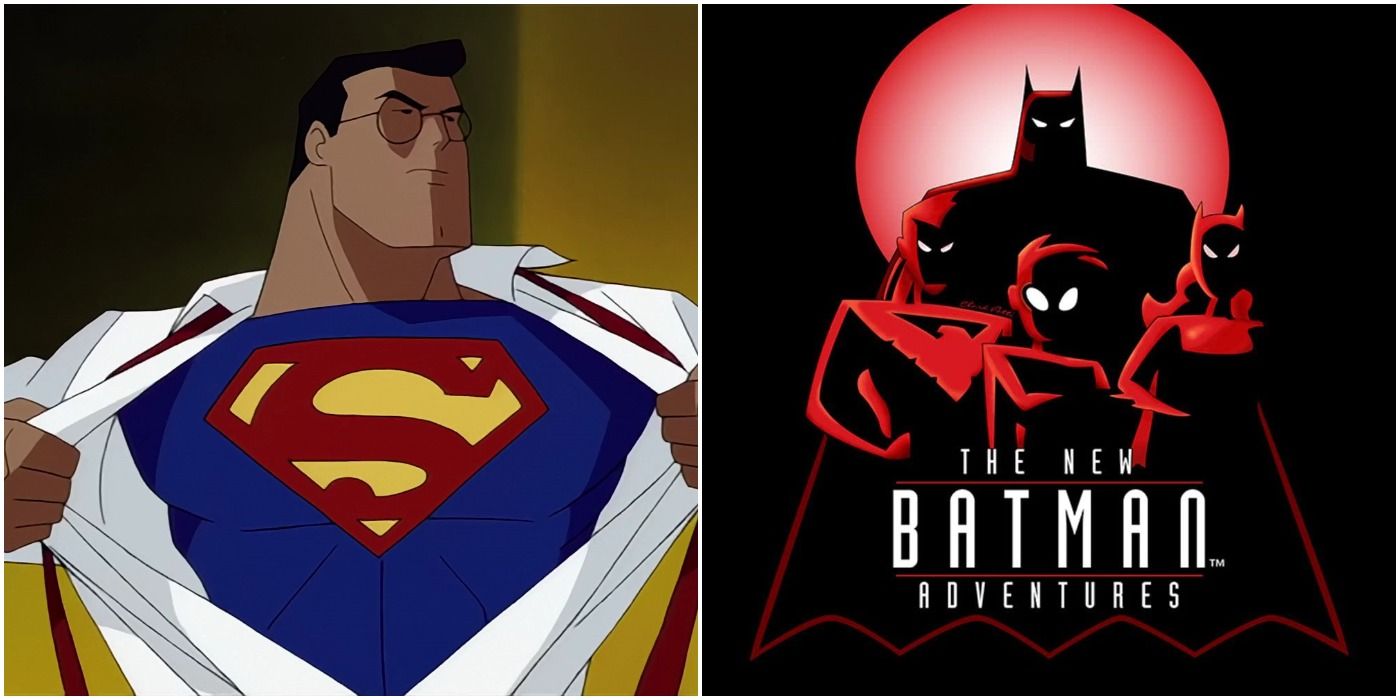
The late Steve Gerber, co-creator of Howard The Duck, contributed stories starring both the Man Of Steel and the Caped Crusader. For STAS, he co-wrote "Father's Day" with Evanier and was one of the writers on "World's Finest," the three-parter when Batman and Superman's paths finally cross.
From there, Gerber wrote three episodes of the BTAS follow-up The New Batman Adventures: "Love Is A Croc," "Critters," and "Beware The Creeper."
4 Dwayne McDuffie Was One Of The Head Writers On "Static Shock" & "Justice League Unlimited"
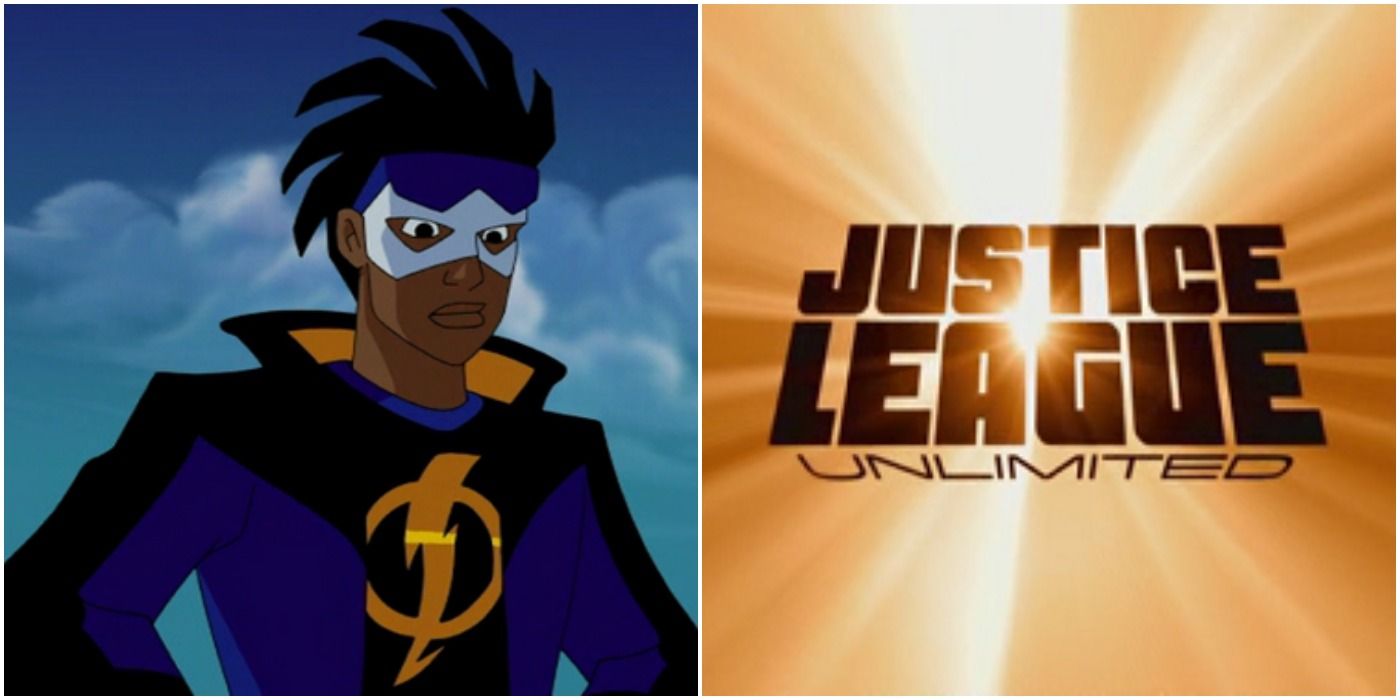
The late, great Dwayne McDuffie is one of the most important superhero storytellers of the last few decades. In 1993, he co-founded Milestone Media, a company that aimed to give minority voices a platform in the comics industry. For Milestone, McDuffie co-created characters from Icon and Rocket to Static; the latter he would later adapt to animation with "Static Shock."
Just as Milestone was absorbed by DC, "Static Shock" was retroactively integrated into the DCAU. McDuffie's contributions don't end there; after writing eight episodes of "Justice League," McDuffie was promoted to producer on "Justice League Unlimited." He ultimately became the narrative architect of the latter show, with writer or story credits on almost two dozen episodes, including the acclaimed arc centered on Project Cadmus.
3 J.M. DeMatteis Was Part Of The Writers' Room On "Justice League Unlimited"
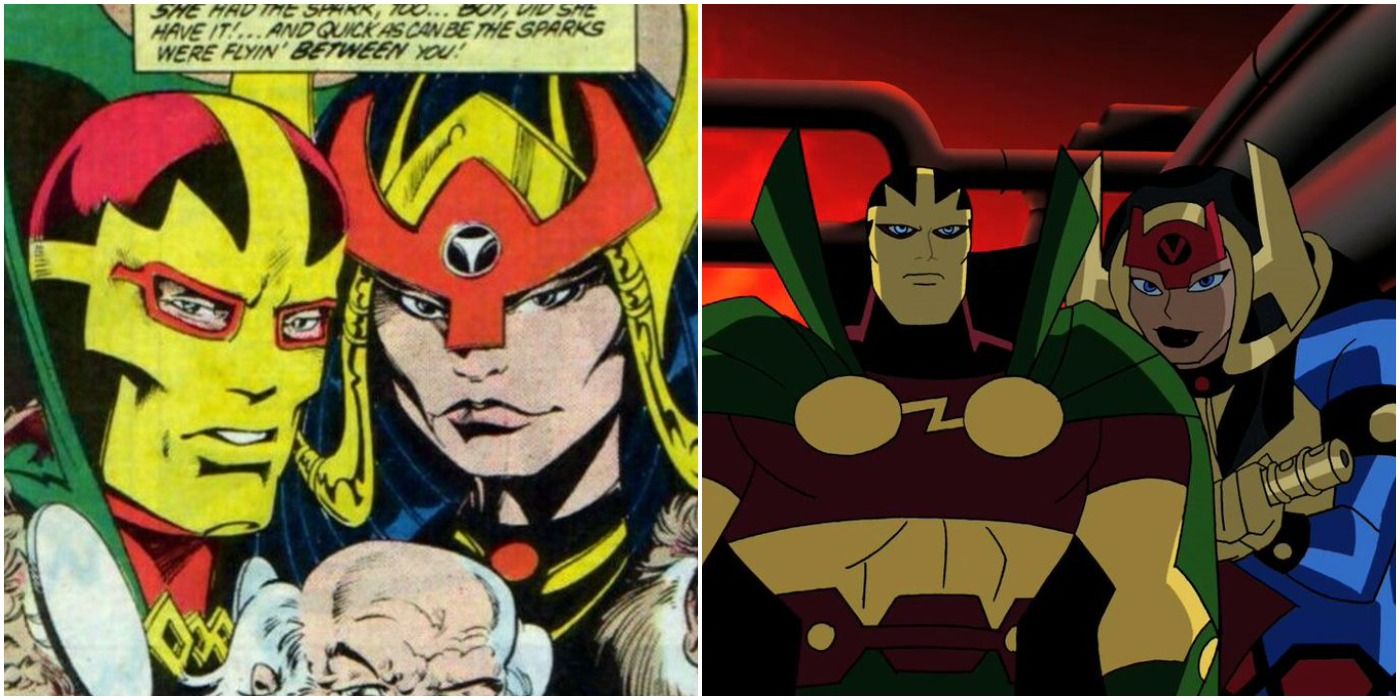
J.M. DeMatteis has a long, acclaimed career in writing comics. Some shining works from his bibliography include the classic Spider-Man story "Kraven's Last Hunt" to his run on Justice League International with Keith Giffen and Kevin Maguire. He's also written for more than a few cartoons, one of which was Justice League Unlimited.
Joining the writers' room at the beginning of JLU's run, DeMatteis is credited on seven episodes. He kicked off his tenure with an adaptation of Alan Moore's "For The Man Who Has Everything"—DeMatteis' version out-shined the already brilliant source material. From there, DeMatteis got the chance to return to many characters he'd previously written during his "Justice League International" run, from Mister Miracle and Big Barda in "The Ties That Bind" to Captain Marvel/Shazam in "Clash."
2 Darwyn Cooke Contributed To The DCAU As Both An Artist & Writer
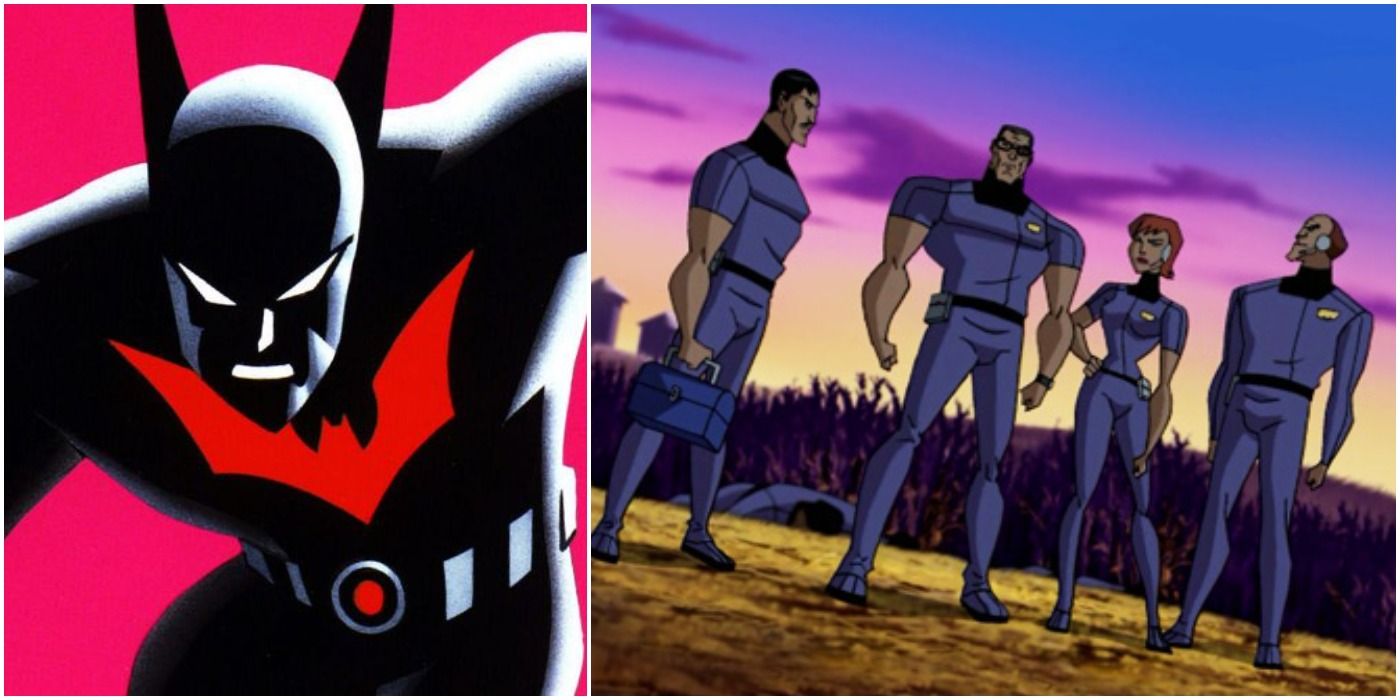
Many people who work in comics pick a lane with either writing or art. That Darwyn Cooke had such talent in both fields makes his passing at the criminally young age of 53 all the more tragic. Like all late artists, this means the work which Cooke left behind must be cherished all the more; in just one example of his brief but bright career, he brought both of his talents to the DCAU.
In his capacity as an artist, Cooke worked as a storyboard artist on The New Batman Adventures before designing the title sequence of Batman Beyond. He'd later return to the DCAU for Justice League Unlimited episode "Task Force X," starring the titular squad of conscripted convicts.
1 Gail Simone Wrote One Episode Of "Justice League Unlimited" But Had Unrealized Plans For Another
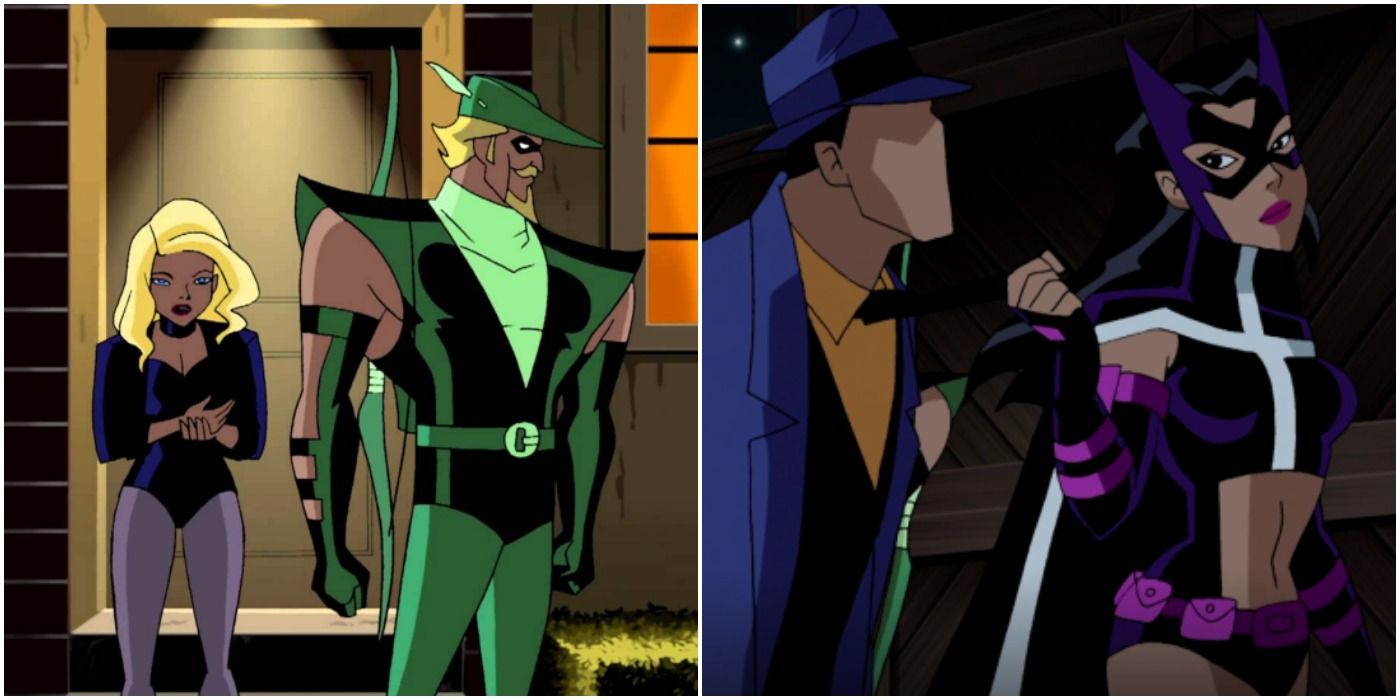
Gail Simone broke into comics thanks to the website "Women In Refrigerators," and has since become one of the most successful women in a male-dominated field. Aside from her comics work, Simone also contributed to DC on the small screen, writing JLU episode "Double Date"—a delightfully fun, innuendo-filled square-off between Black Canary and Green Arrow and The Huntress and The Question. The latter pairing, an invention of the episode, lasted to the series' end.
Simone had previously written Canary and Huntress during her run on Birds Of Prey. Indeed, her original pitch had been a more proper Birds Of Prey outing and featured Barbara Gordon becoming Oracle. However, the "Bat-Embargo" meant Barbara had to sit the finished episode out. Simone also hoped to write a JLU episode featuring the villainous Queen Of Fables, though that likewise remained unrealized.
0 Comments